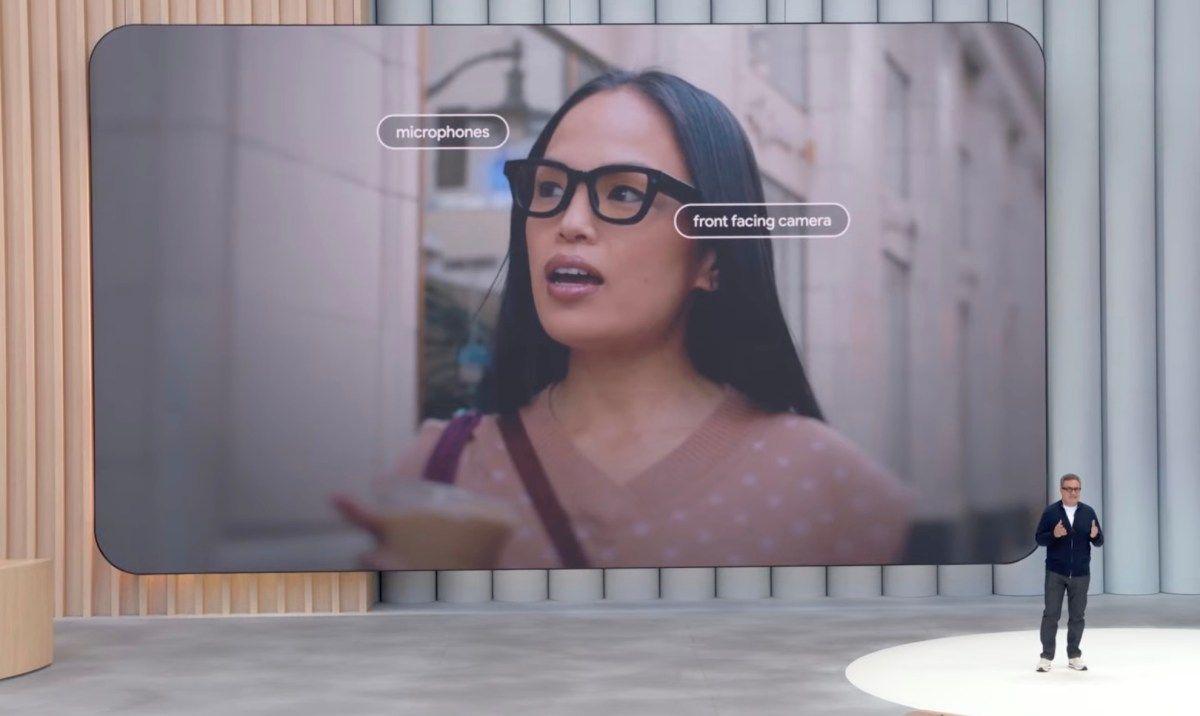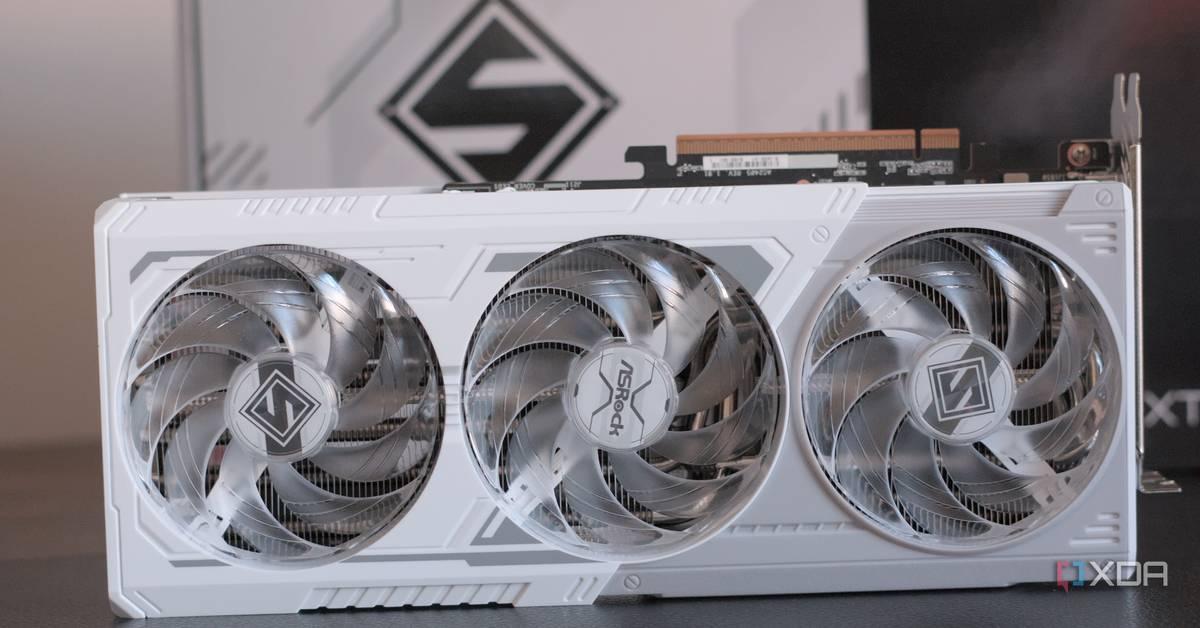Lotus Integrates Ambarella's Oculii AI 4D Imaging Radar in Electric Vehicles
2 Sources
2 Sources
[1]
Lotus Deploys Ambarella's Oculii™ AI 4D Imaging Radar Technology in L2+ Semi-Autonomous Systems for Eletre SUV and Emeya Hyper-GT Electric Vehicles By Investing.com
SANTA CLARA, Calif., Sept. 24, 2024 (GLOBE NEWSWIRE) -- Ambarella, Inc. (NASDAQ: NASDAQ:AMBA), an edge AI semiconductor company, today announced in advance of AutoSens Europe that its Oculii™ AI 4D imaging radar technology is deployed worldwide in the 2023 and 2024 Lotus Eletre electric hyper-SUV as well as the 2024 Lotus Emeya fully electric hyper-GT from Lotus Technology. The vehicles' L2+ semi-autonomous systems that have benefited from this groundbreaking radar technology include highway and urban navigation on autopilot (NOA) and automatic emergency braking (AEB), where the ultra-long detection range of over 300 meters provides more time to safely react to vehicles and other objects while traveling at highway and racetrack speeds. These systems were developed by Lotus Robotics, a wholly owned subsidiary of Lotus, as part of its autonomous driving platform. Ambarella's Oculii radar technology is providing ultra-fine angular resolution of one degree in both vehicles, using only six transmit and eight receive antennas on each of the vehicles' two radar modules"more than double the resolution of the nearest 4D imaging radar competitor using the same number of antennas. This high angular resolution is important for clearly distinguishing, identifying and locating objects and people, both for nearby detection in crowded urban environments, as well as from a far distance when travelling at highway and racetrack speeds, to ensure timely and accurate avoidance and braking by the vehicles' L2+ systems. This high resolution, in combination with a low antenna count, also provides higher value, while significantly reducing radar system power consumption and complexity; enabling the radar modules to be fitted into the desired locations on the vehicles. This combination can only be achieved using Ambarella's Oculii AI radar algorithms, because of their unique ability to adapt radar waveforms to the environment. In fact, other 4D imaging radars require double the number of antennas to achieve the same level of performance, and in some cases, even more; leading to at least double the power consumption. The performance that Lotus has achieved using our Oculii 4D imaging radar technology provides evidence for the real-world benefits of our AI innovations that adapt radar waves to the surrounding environment, said Fermi Wang, president and CEO of Ambarella. Building on their current models' significant achievements with edge-processed AI 4D imaging radar, Lotus is evaluating Ambarella's centralized radar processing architecture to realize even greater ADAS and autonomous performance. By centrally processing raw 4D imaging radar data and fusing it at a deep level with the vehicle's other sensor information, Ambarella's AI software-defined architecture is capable of detecting objects over 500 meters away, while providing the ability to shift processing power among sensors and adapt to real-time driving conditions. This architecture also enables even higher angular resolution of 0.5 degrees, and an ultra-dense point cloud with tens of thousands of detection points per frame. Additionally, because Ambarella's Oculii AI radar algorithms uniquely adapt radar waveforms to the environment, an order-of-magnitude fewer antennas is still utilized for centralized processing, maintaining reduced data bandwidth and power consumption compared to competing 4D imaging radar solutions. Test drives demonstrating Ambarella's centralized radar processing architecture will be available during AutoSens Europe, taking place October 8-10th in Barcelona. Please contact your Ambarella representative to schedule a ride. For more information about Oculii AI radar technology, please contact your Ambarella representative or visit https://www.ambarella.com/products/automotive-oculii/. About Ambarella Ambarella's products are used in a wide variety of human vision and edge AI applications, including video security, advanced driver assistance systems (ADAS), electronic mirror, drive recorder, driver/cabin monitoring, autonomous driving and robotics applications. Ambarella's low-power systems-on-chip (SoCs) offer high-resolution video compression, advanced image and radar processing, and powerful deep neural network processing to enable intelligent perception, fusion and planning. For more information, please visit www.ambarella.com. Ambarella Contacts All brand names, product names, or trademarks belong to their respective holders. Ambarella reserves the right to alter product and service offerings, specifications, and pricing at any time without notice. © 2024 Ambarella. All rights reserved. A photo accompanying this announcement is available at https://www.globenewswire.com/NewsRoom/AttachmentNg/a9581fe9-3609-42e9-8b68-de3db3fceeda
[2]
Lotus Deploys Ambarella's Oculii™ AI 4D Imaging Radar Technology in L2+ Semi-Autonomous Systems for Eletre SUV and Emeya Hyper-GT Electric Vehicles
, (GLOBE NEWSWIRE) -- (NASDAQ: AMBA), an edge AI semiconductor company, today announced in advance of AutoSens Europe that its Oculii™ AI 4D imaging radar technology is deployed worldwide in the 2023 and 2024 Lotus Eletre electric hyper-SUV as well as the 2024 Lotus Emeya fully electric hyper-GT from Lotus Technology. The vehicles' L2+ semi-autonomous systems that have benefited from this groundbreaking radar technology include highway and urban navigation on autopilot (NOA) and automatic emergency braking (AEB), where the ultra-long detection range of over 300 meters provides more time to safely react to vehicles and other objects while traveling at highway and racetrack speeds. These systems were developed by Lotus Robotics, a wholly owned subsidiary of Lotus, as part of its autonomous driving platform. Ambarella's Oculii radar technology is providing ultra-fine angular resolution of one degree in both vehicles, using only six transmit and eight receive antennas on each of the vehicles' two radar modules -- more than double the resolution of the nearest 4D imaging radar competitor using the same number of antennas. This high angular resolution is important for clearly distinguishing, identifying and locating objects and people, both for nearby detection in crowded urban environments, as well as from a far distance when travelling at highway and racetrack speeds, to ensure timely and accurate avoidance and braking by the vehicles' L2+ systems. This high resolution, in combination with a low antenna count, also provides higher value, while significantly reducing radar system power consumption and complexity; enabling the radar modules to be fitted into the desired locations on the vehicles. This combination can only be achieved using Ambarella's Oculii AI radar algorithms, because of their unique ability to adapt radar waveforms to the environment. In fact, other 4D imaging radars require double the number of antennas to achieve the same level of performance, and in some cases, even more; leading to at least double the power consumption. "The performance that Lotus has achieved using our Oculii 4D imaging radar technology provides evidence for the real-world benefits of our AI innovations that adapt radar waves to the surrounding environment," said Fermi Wang, president and CEO of Ambarella. "Building on their current models' significant achievements with edge-processed AI 4D imaging radar, Lotus is evaluating Ambarella's centralized radar processing architecture to realize even greater ADAS and autonomous performance." By centrally processing raw 4D imaging radar data and fusing it at a deep level with the vehicle's other sensor information, Ambarella's AI software-defined architecture is capable of detecting objects over 500 meters away, while providing the ability to shift processing power among sensors and adapt to real-time driving conditions. This architecture also enables even higher angular resolution of 0.5 degrees, and an ultra-dense point cloud with tens of thousands of detection points per frame. Additionally, because Ambarella's Oculii AI radar algorithms uniquely adapt radar waveforms to the environment, an order-of-magnitude fewer antennas is still utilized for centralized processing, maintaining reduced data bandwidth and power consumption compared to competing 4D imaging radar solutions. Test drives demonstrating Ambarella's centralized radar processing architecture will be available during AutoSens Europe, taking place in . Please contact your Ambarella representative to schedule a ride. For more information about Oculii AI radar technology, please contact your Ambarella representative or visit https://www.ambarella.com/products/automotive-oculii/. About Ambarella Ambarella's products are used in a wide variety of human vision and edge AI applications, including video security, advanced driver assistance systems (ADAS), electronic mirror, drive recorder, driver/cabin monitoring, autonomous driving and robotics applications. Ambarella's low-power systems-on-chip (SoCs) offer high-resolution video compression, advanced image and radar processing, and powerful deep neural network processing to enable intelligent perception, fusion and planning. For more information, please visit www.ambarella.com. Ambarella Contacts All brand names, product names, or trademarks belong to their respective holders. Ambarella reserves the right to alter product and service offerings, specifications, and pricing at any time without notice. © 2024 Ambarella. All rights reserved. A photo accompanying this announcement is available at https://www.globenewswire.com/NewsRoom/AttachmentNg/a9581fe9-3609-42e9-8b68-de3db3fceeda
Share
Share
Copy Link
Lotus, the British sports car manufacturer, has incorporated Ambarella's Oculii AI 4D imaging radar technology into its L2 semi-autonomous systems for the Eletre SUV and Emeya Hyper-GT electric vehicles, enhancing their advanced driver assistance systems (ADAS).

Lotus Embraces Advanced Radar Technology
Lotus, the renowned British sports car manufacturer, has taken a significant step forward in automotive technology by integrating Ambarella's Oculii AI 4D imaging radar into its latest electric vehicles. This advanced radar system is now a key component of the Level 2 (L2) semi-autonomous driving capabilities in the Lotus Eletre SUV and Emeya Hyper-GT
1
.Enhanced ADAS Capabilities
The incorporation of Ambarella's radar technology significantly enhances the advanced driver assistance systems (ADAS) in these Lotus vehicles. The Oculii AI 4D imaging radar provides high-resolution, long-range object detection and tracking. This improvement allows for more precise and reliable autonomous driving features, including adaptive cruise control, automated emergency braking, and forward collision warning
2
.AI-Powered Radar Technology
Ambarella's Oculii technology utilizes artificial intelligence to dynamically adapt the radar waveforms in real-time, significantly increasing the resolution and sensitivity of traditional radar systems. This AI-driven approach enables the radar to better distinguish between different objects on the road, potentially improving safety and the overall driving experience
1
.Collaboration and Future Prospects
The partnership between Lotus and Ambarella represents a significant milestone in the automotive industry's pursuit of advanced autonomous driving technologies. Lotus' decision to implement this cutting-edge radar system in its electric vehicles demonstrates the company's commitment to innovation and safety in the rapidly evolving electric vehicle market
2
.Impact on Lotus' Electric Vehicle Lineup
Both the Lotus Eletre SUV and Emeya Hyper-GT are set to benefit from this advanced radar technology. The Eletre, Lotus' first SUV, and the Emeya, a high-performance electric GT car, will feature enhanced L2 semi-autonomous capabilities, positioning Lotus as a strong competitor in the luxury electric vehicle segment
1
.Related Stories
Industry Implications
This development signals a growing trend in the automotive industry towards more sophisticated autonomous driving systems. As companies like Lotus adopt advanced technologies such as Ambarella's Oculii AI 4D imaging radar, it's likely that we'll see similar advancements across the industry, potentially accelerating the path towards fully autonomous vehicles
2
.Consumer Benefits
For consumers, the integration of this advanced radar technology translates to improved safety features and a more refined driving experience. The enhanced object detection and tracking capabilities could provide drivers with greater confidence in their vehicle's autonomous features, potentially leading to wider adoption of semi-autonomous driving technologies
1
2
.References
Summarized by
Navi
Related Stories
Ambarella and Plus Unveil Advanced AI-Powered Perception Software for Autonomous Driving
31 Jul 2024

LG and Ambarella Collaborate on AI-Driven In-Cabin Vehicle Safety Solution
05 Dec 2024•Technology

Ambarella Unveils N1-655 Edge GenAI SoC: Powering On-Premise AI with Unprecedented Efficiency
07 Jan 2025•Technology

Recent Highlights
1
AI Chatbots Sway Voters More Effectively Than Traditional Political Ads, New Studies Reveal
Science and Research

2
Google AI glasses set to launch in 2026 with Gemini and Android XR across multiple partners
Technology

3
EU Launches Antitrust Probe Into Google's AI Training Practices and Content Usage
Policy and Regulation




